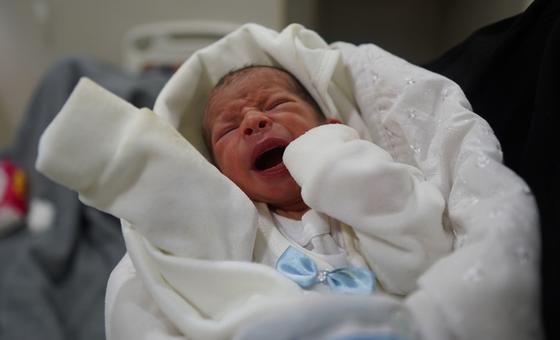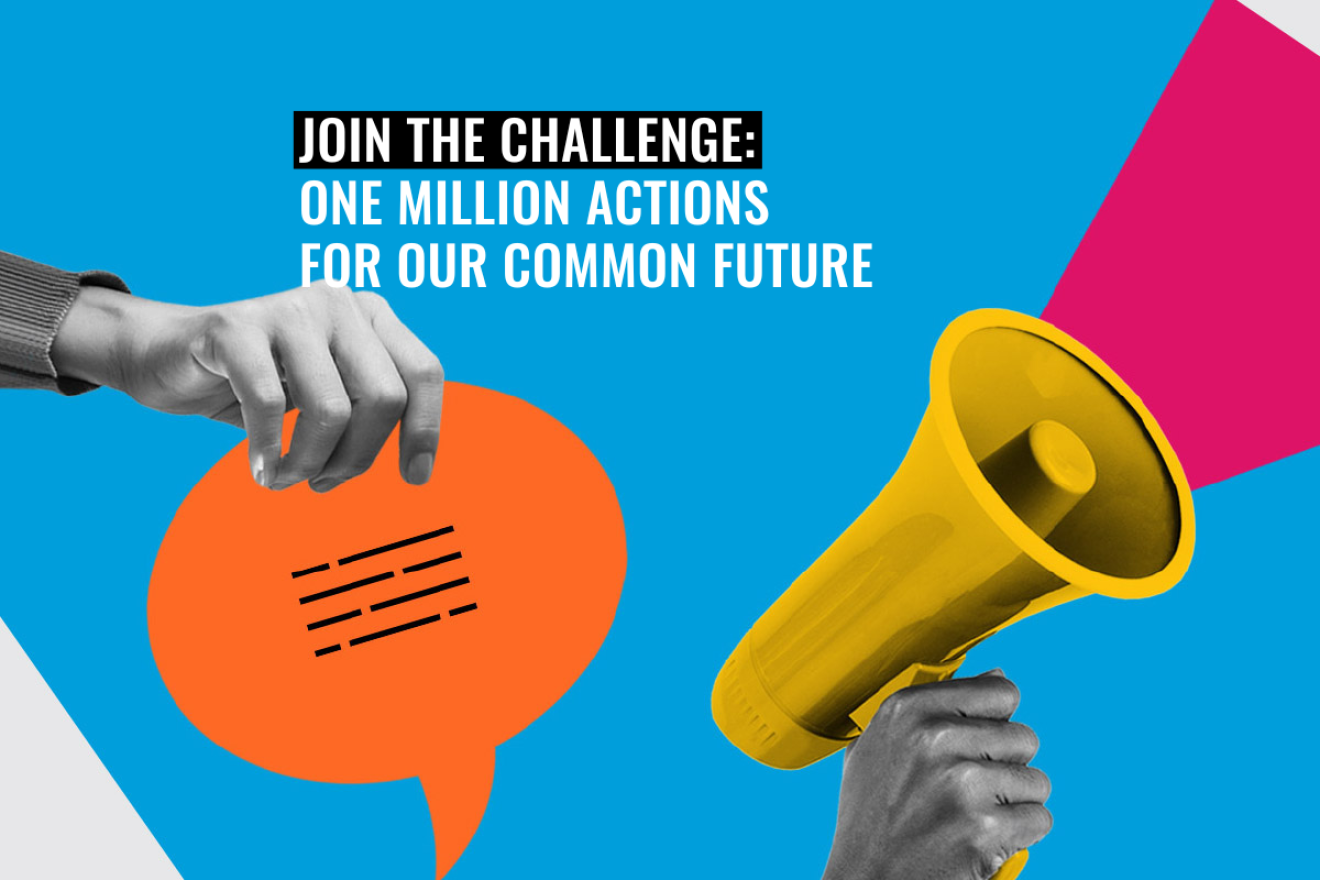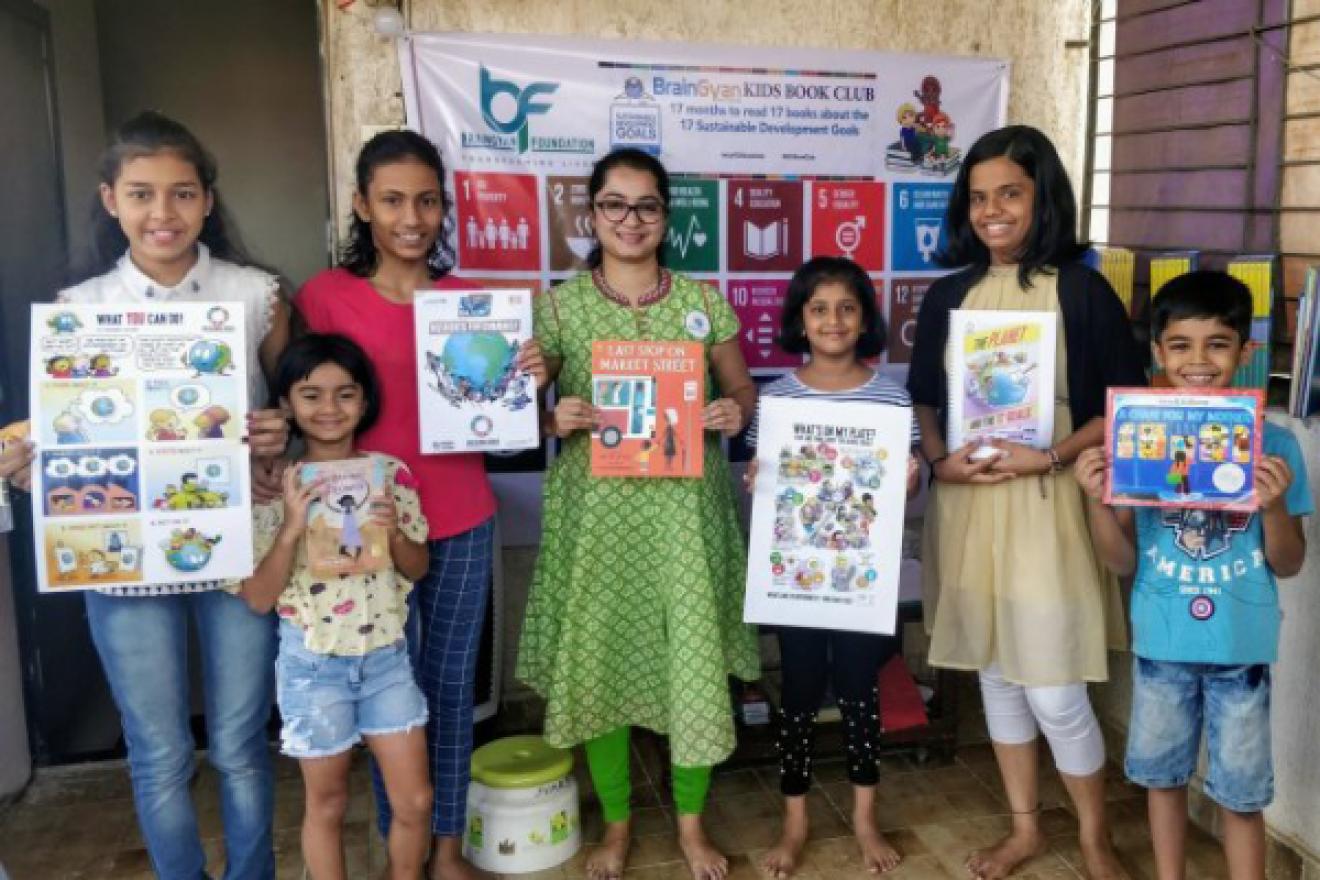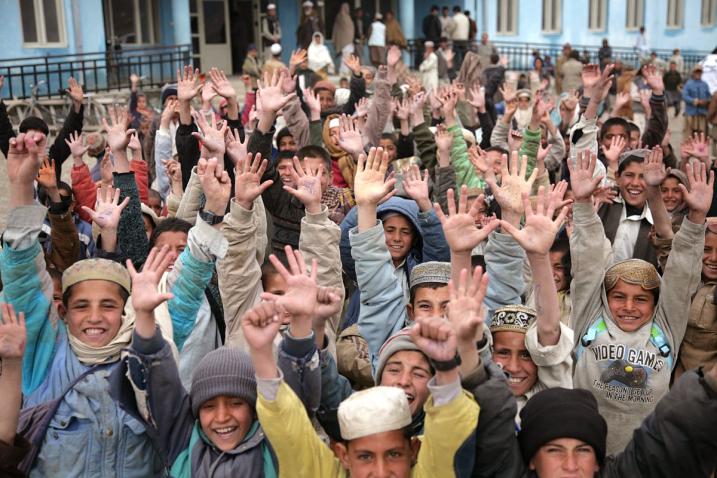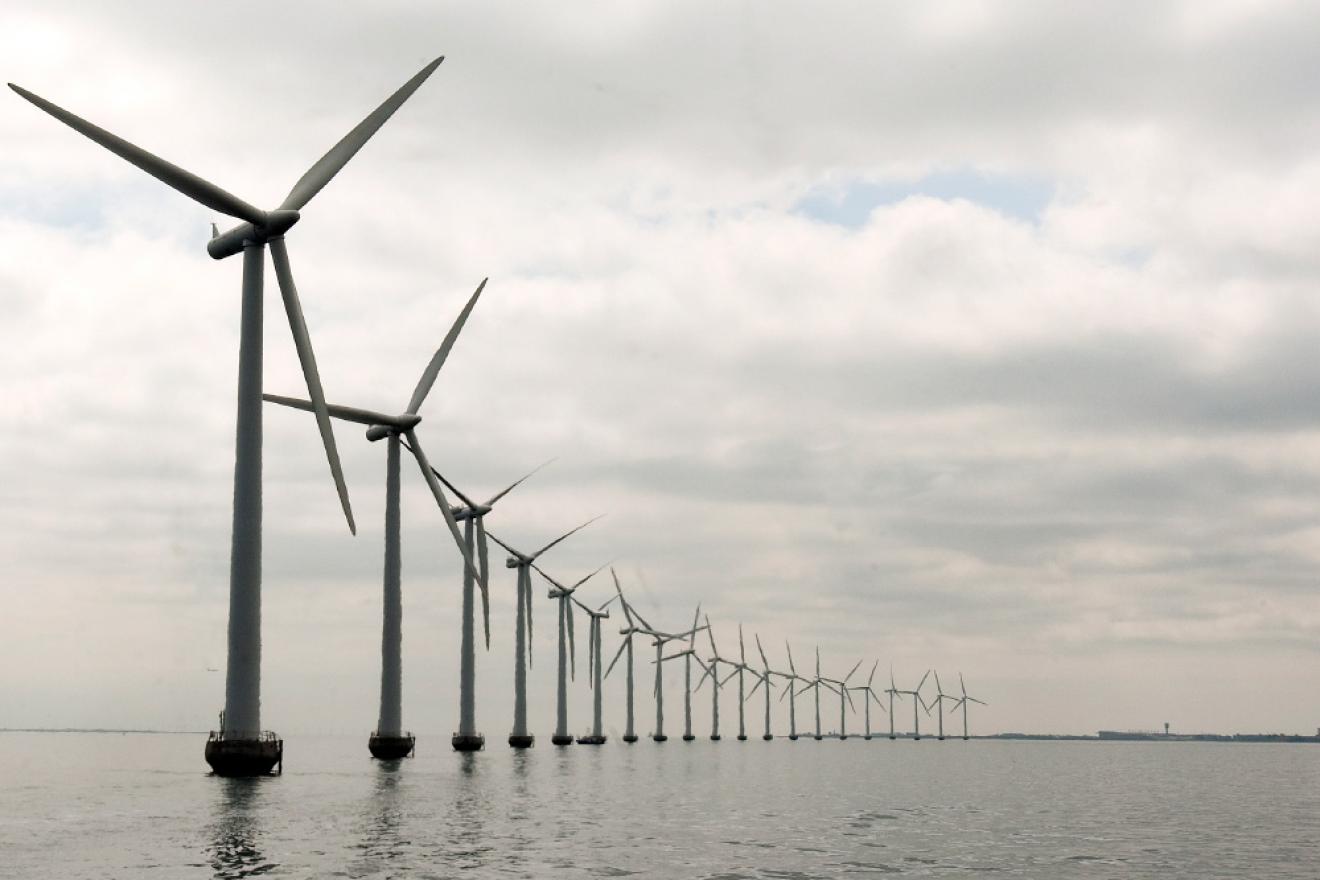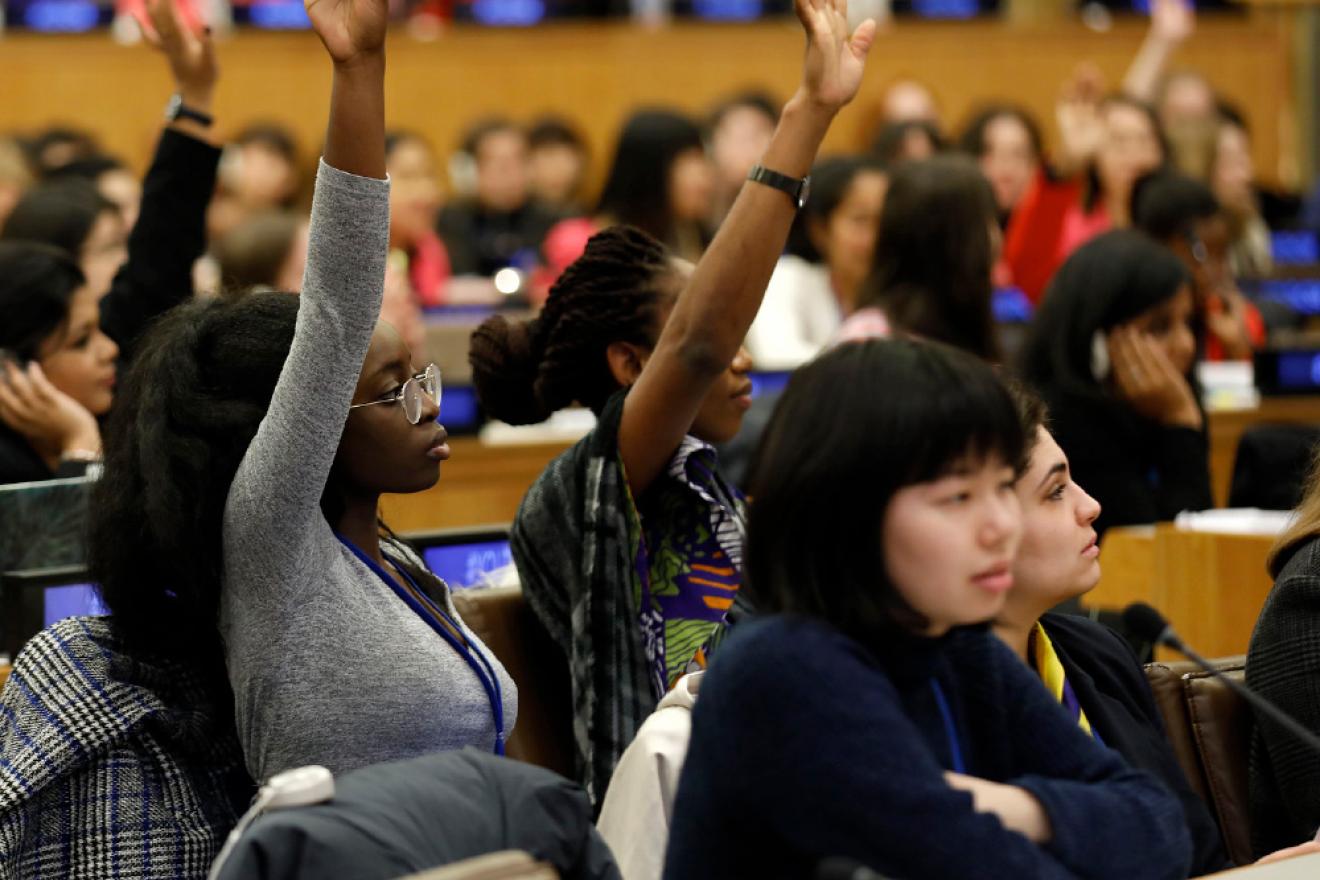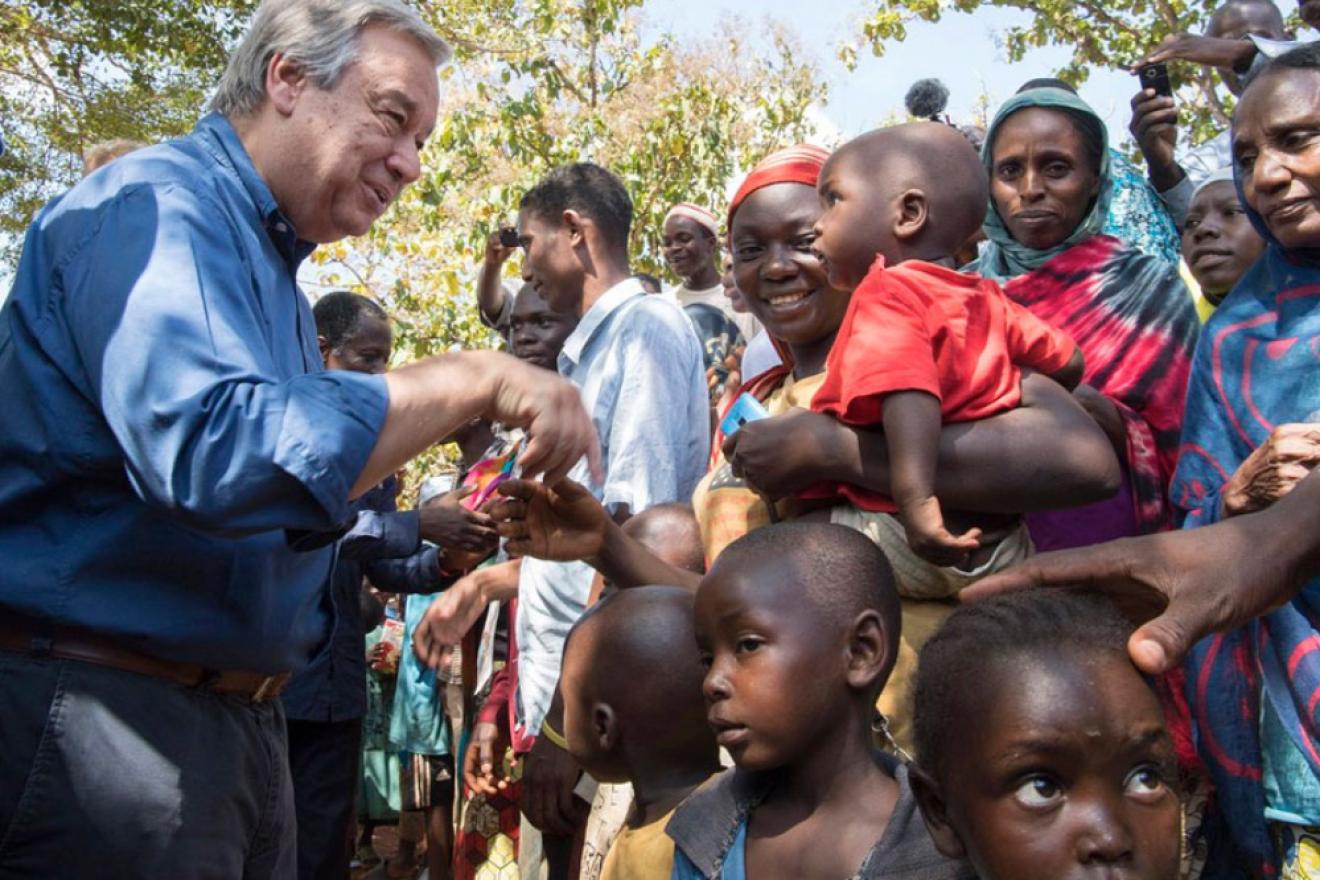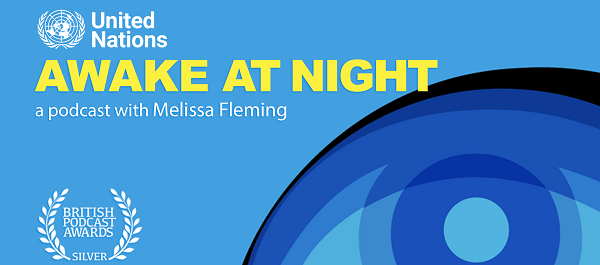The Goals can improve life for all of us. Cleaner air. Safer cities. Equality. Better jobs. These issues matter to everyone. But progress is too slow. We have to act, urgently, to accelerate changes that add up to better lives on a healthier planet. Find new inspiring actions on the app and at un.org/actnow.
Human Rights, Our Everyday Essentials
In a year when the very foundations of human rights have been tested, Human Rights Day (10 December) reminds us of a vital truth: human rights aren’t abstract; they’re the everyday freedoms we depend on. This year’s UN Human Rights Day campaign, Our Everyday Essentials, reaffirms the enduring relevance of the Universal Declaration of Human Rights and its core values — equality, justice, freedom, and dignity — reminding us that human rights remain a steadfast promise for society. Join us and share your voice on social media using #OurEverydayRights.


